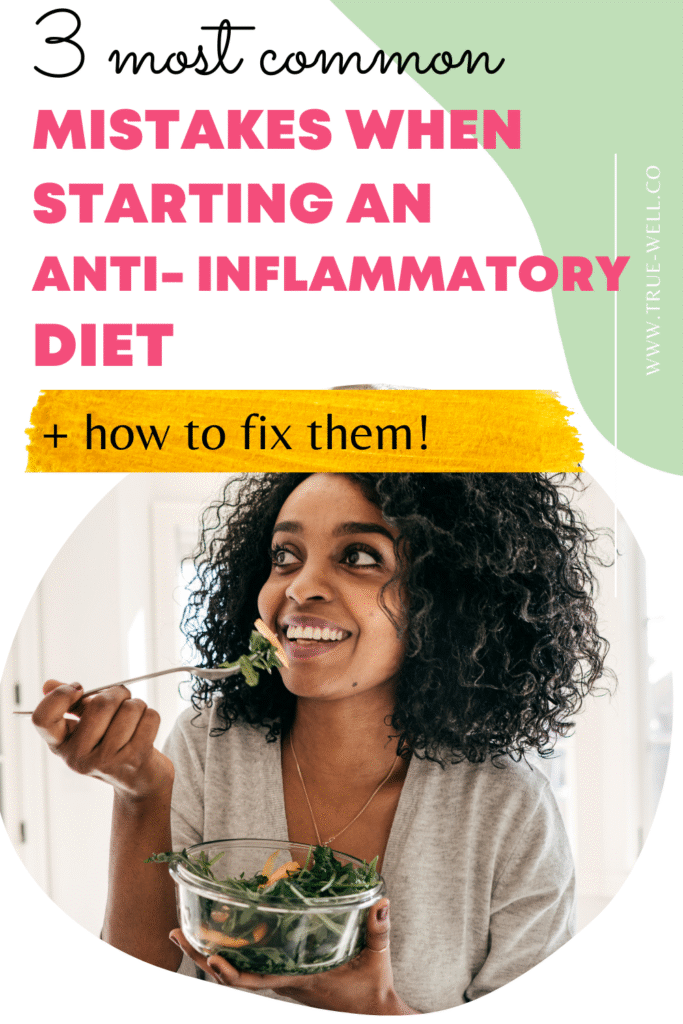Starting an anti-inflammatory diet can feel overwhelming. Conflicting food lists online, scary “never eat this again” warnings, and confusing rules around grains? It’s enough to make anyone quit before they even start.
But here’s the good news:
The benefits of an anti-inflammatory diet far outweigh the learning curve. Less pain. Better energy. Balanced blood sugar. Clearer thinking. And yes: weight that finally starts to move in the right direction.
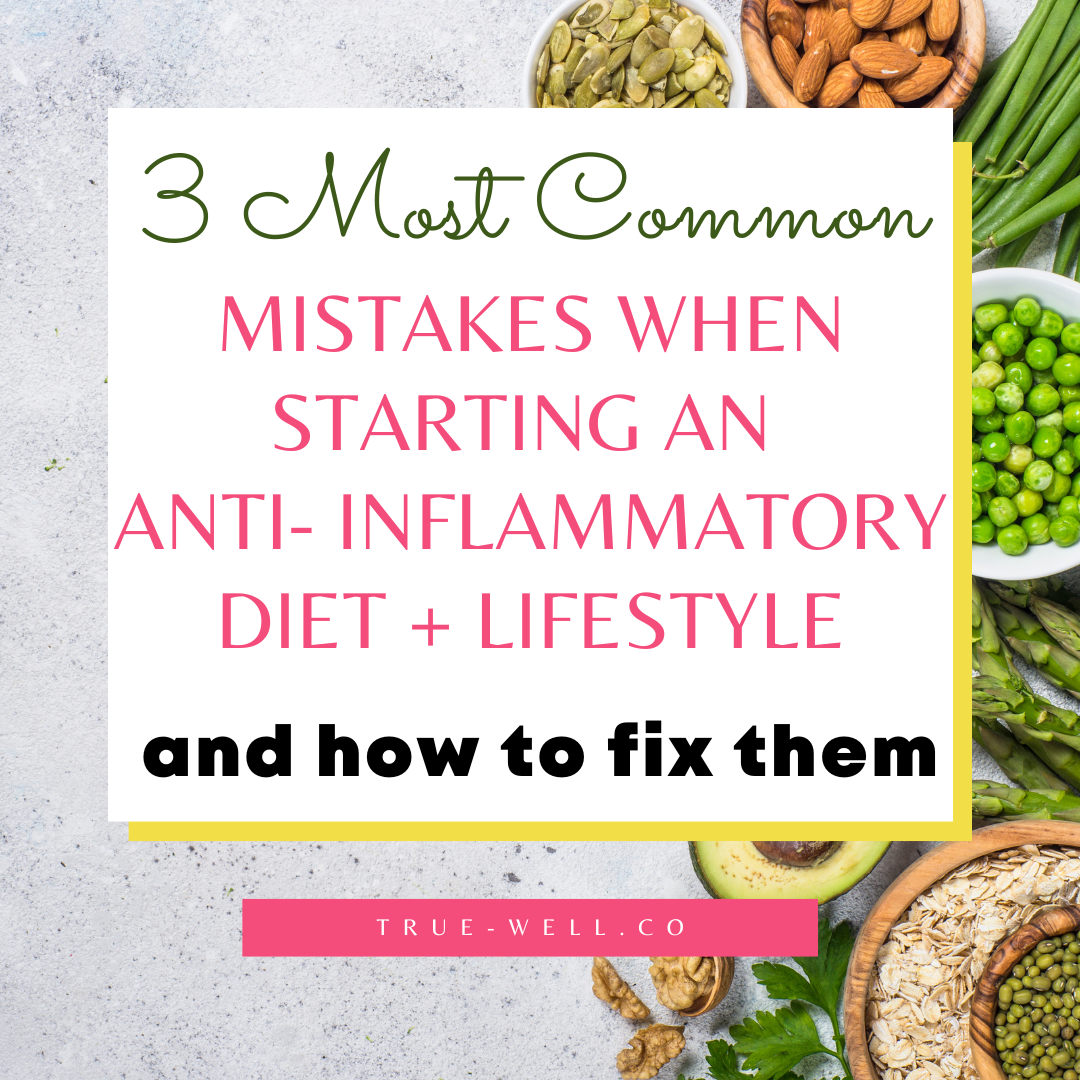
I’ve personally spent the last decade experimenting with this way of eating to heal my own hormone struggles, anxiety, sugar addiction / emotional eating blood sugar rollercoasters, and postpartum weight gain. I’ve also watched countless women make the same three mistakes when trying to “go anti-inflammatory” in my practice.
So let’s get into the top most common mistakes when starting an anti inflammatory diet and what to do instead so you don’t waste time spinning your wheels.
👉 Want the quick-start version with food lists and a starter plan? CLICK HERE and get my free Anti-Inflammatory Quick-Start Guide.
Mistake #1: Not knowing how to read food labels
The anti-inflammatory diet isn’t about counting calories or macros—it’s about the quality of your food. And the only way to know what’s really in packaged products is to flip them over and read the label.
The problem? Food companies are really good at sneaky marketing. “Whole grain” on the front often hides refined flour in the ingredients list. “Zero trans fats” may still include partially hydrogenated oils.
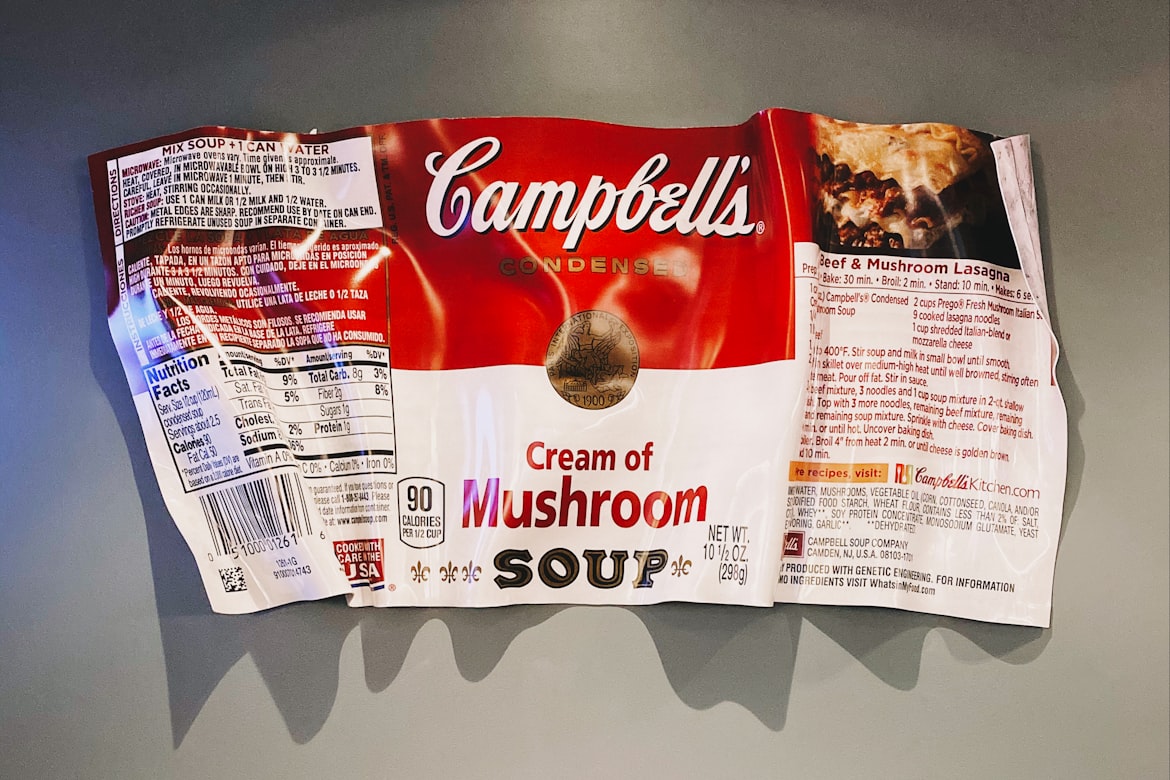
What to watch for:
- Added sugars (they go by 50+ names—high fructose corn syrup, maltose, brown rice syrup, etc.)
- Refined grains (anything with “flour” in the ingredient list)
- Hydrogenated oils (trans fats in disguise)
👉 Do this instead: Get familiar with sugar names and learn to skim labels fast. A good rule of thumb? The fewer ingredients, the better.
Read all about the list of foods that are actually sugars.
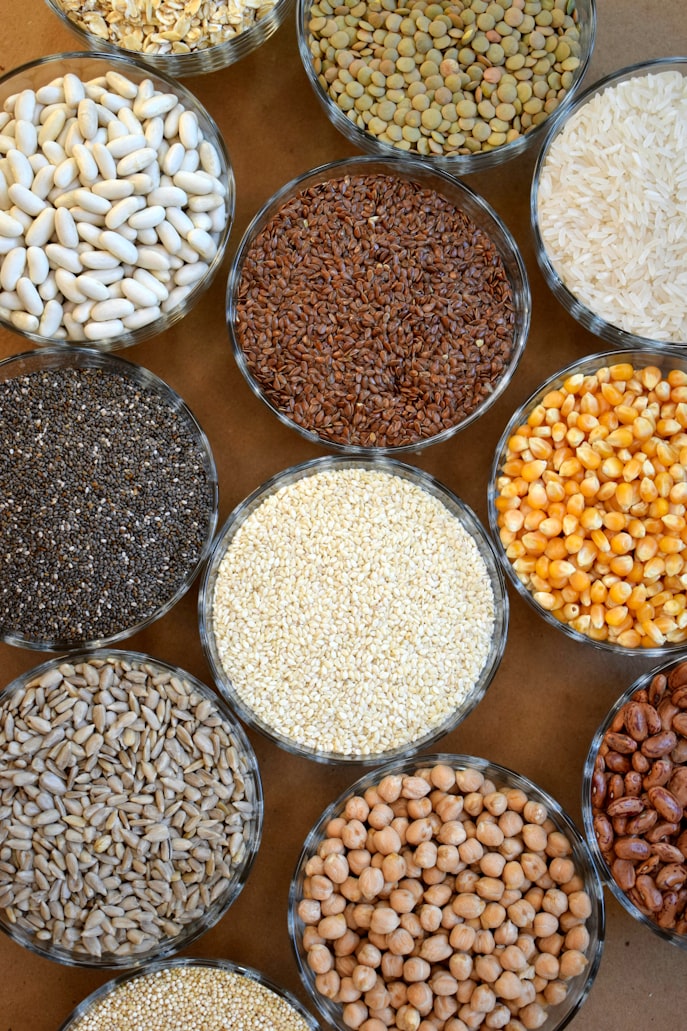
Mistake # 2: Choosing the wrong grains
Yes, you can eat carbs on an anti-inflammatory diet. But not all carbs are created equal.
Here’s the deal: once grains are ground into flour, they act like sugar in your body, spiking blood sugar and fueling inflammation. Even “whole wheat” flour can have this effect.
Grains can be super tricky because food companies list a ridiculous number of ingredients, and they also are very good at finding loopholes in laws regarding labeling.
So for example, if you see a packaged food that says, “Made with 100% whole grains” on the front label, that could very well mean that they used SOME whole grains, and then the rest are refined.
You can verify this by checking the ingredients list on the side or back of the package.
💡Tip: The ingredients are ordered by largest quantity to smallest quantity.
So just start to become very familiar with how to read food labels and understand what’s actually in those foods because I promise you this: Food companies do not have your best interest in mind, and they’re going to do their very best all they care about is their bottom line.
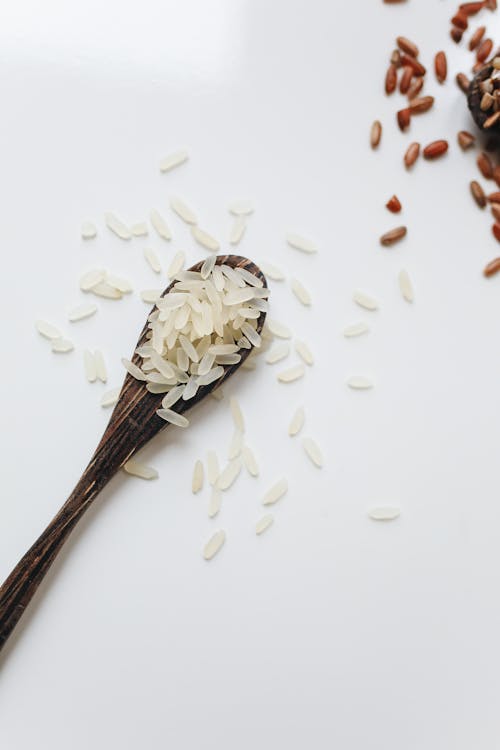
Read all about: Are Grains Inflammatory?
What works better:
- Intact grains like brown rice, quinoa, millet, and steel-cut oats
- Gluten-free grains (gluten itself can trigger inflammation, even if you’re not celiac)
Grains to skip:
- Wheat and wheat products (bread, pasta, crackers)
- Barley, rye, malt
- Corn (high in omega-6 and often inflammatory)
👉 Do this instead: Swap flour-based foods for whole or cracked grains. Your blood sugar (and energy levels) will thank you.

Mistake #3: Not cooking enough
Relying on packaged foods (even the “healthy” ones) makes it hard to control what you’re really eating. Cooking more at home means:
You learn to actually enjoy the process (yes, it happens!)
- You control the ingredients
- You avoid hidden sugars, oils, and additives
- You learn to actually enjoy the process (yes, it happens!)
Start simple: roasted veggies, grain bowls, sheet pan dinners. The more you cook, the less you’ll need to stress about labels.
👉 Do this instead: Aim to cook at least 3–4 dinners at home each week. Batch-prep sauces, grains, or proteins so you’re not scrambling on busy nights.
Quick Takeaways
- Learn to read labels, especially sugar and flour names.
- Replace flours with truly whole or cracked grains.
- Cook more meals at home so you control the ingredients.
🚀 Ready to Start?
The anti-inflammatory diet doesn’t have to feel confusing or overwhelming. You just need a roadmap.
🌿 Want a Step-by-Step Kickoff? 👇
Discover My Unique 4-Pronged Approach to the Anti-Inflammatory Diet So You Can Get Started Immediately (Without Getting Overwhelmed or Cleaning Out Your Entire Pantry)
- Why a full-scale pantry clean out is NOT the best way to start your anti-inflammatory journey, and the steps you can take instead to make sure you’re fueling your body with foods that love you back
- The essential foods you MUST add into your diet if you want to nourish and heal your body naturally
- My anti-inflammatory shopping list so you can quickly fill your cart with the right foods (no googling in the produce aisle or wasting hours staring at ingredient lists)
GET YOUR FREE
ANTI-INFLAMMATORY

